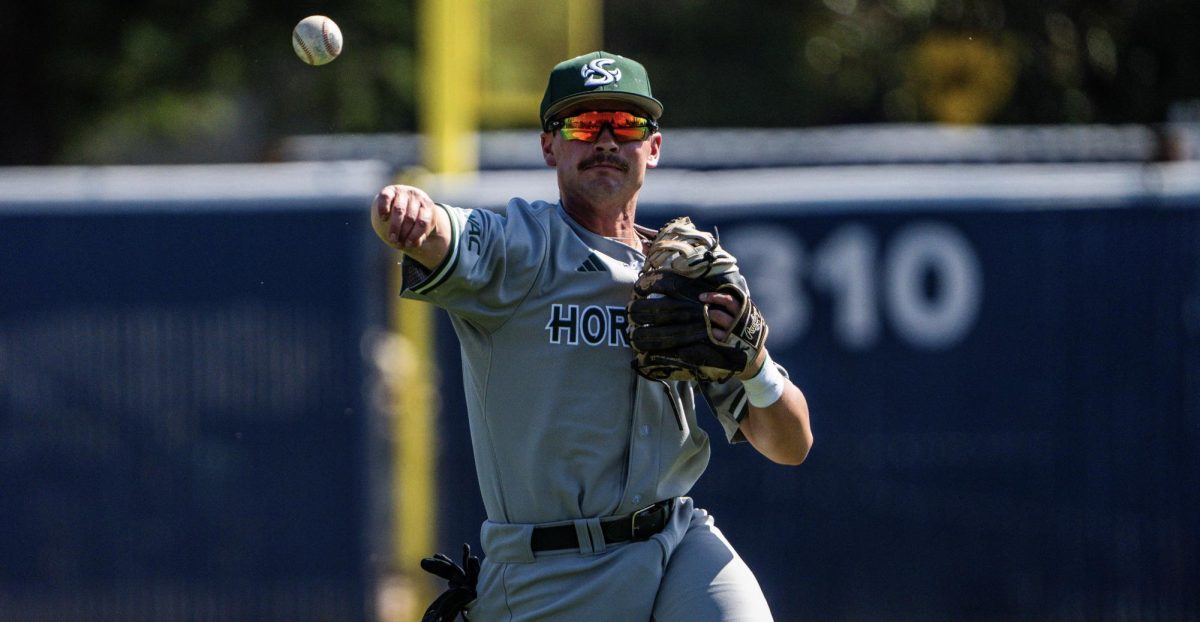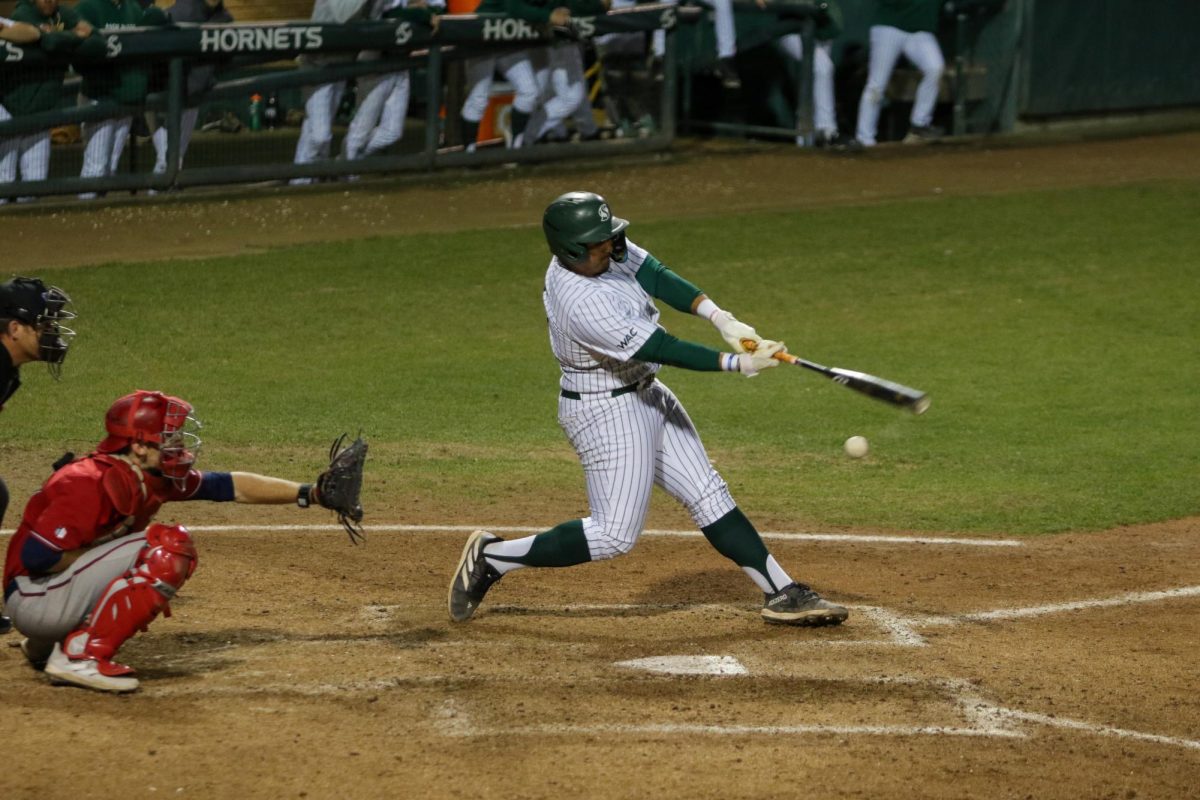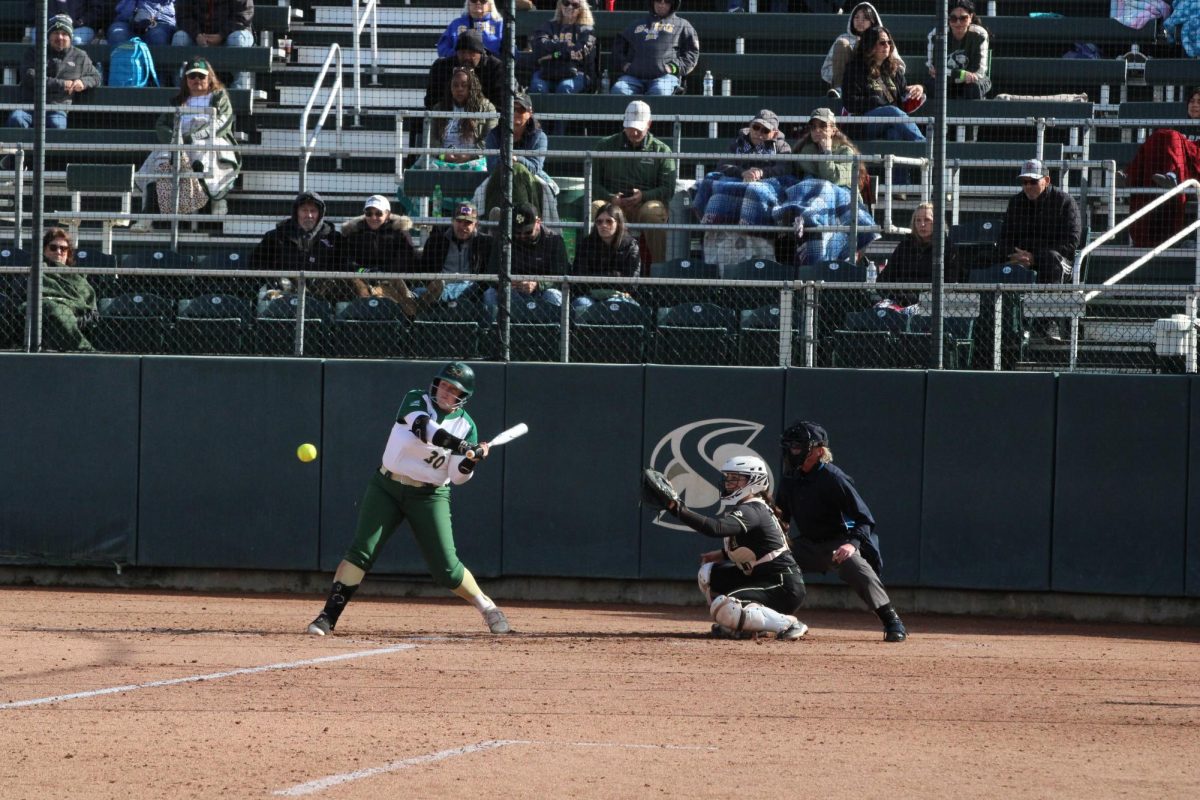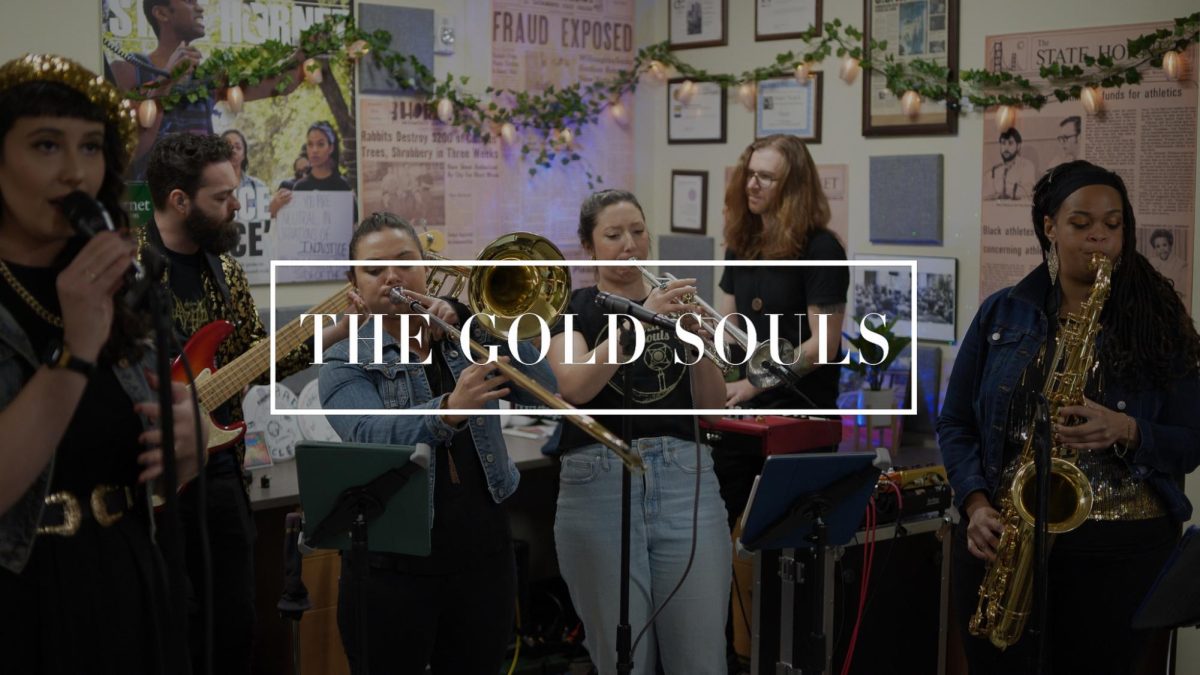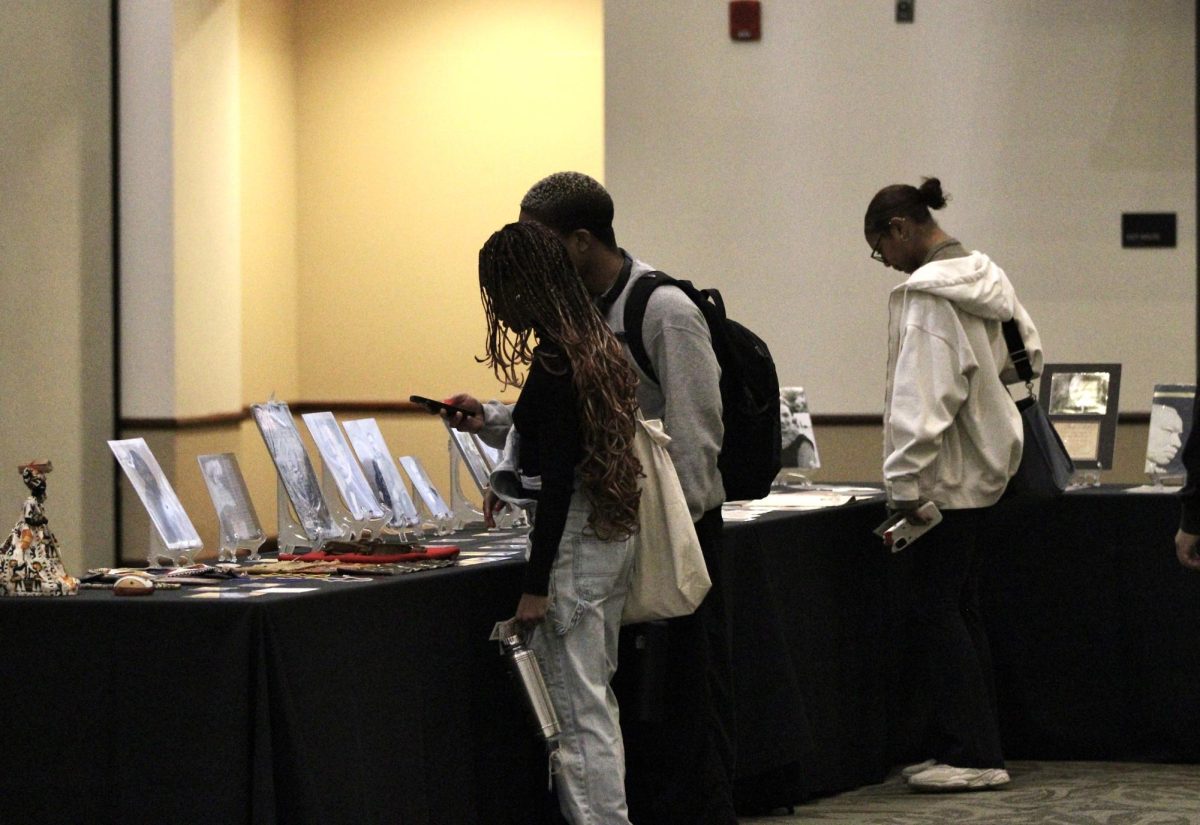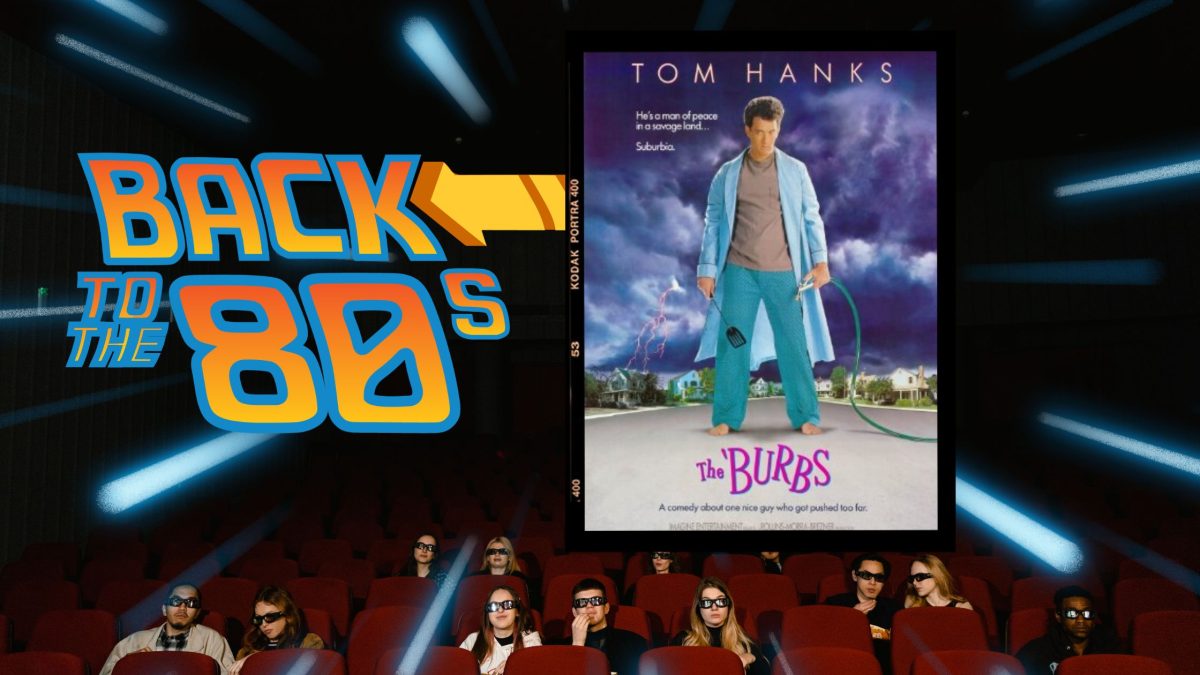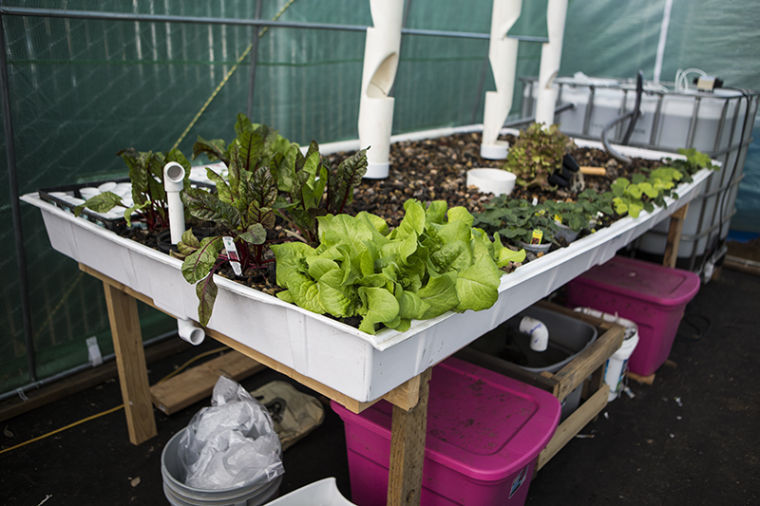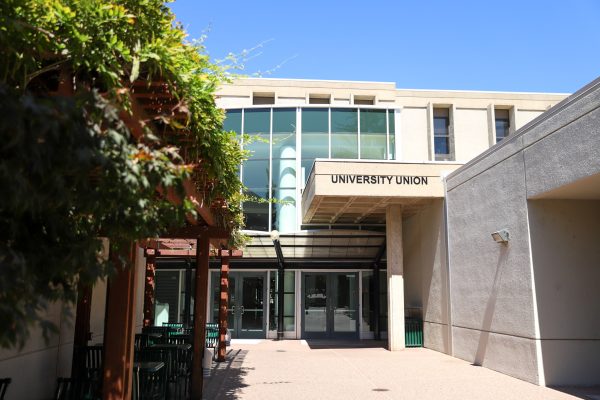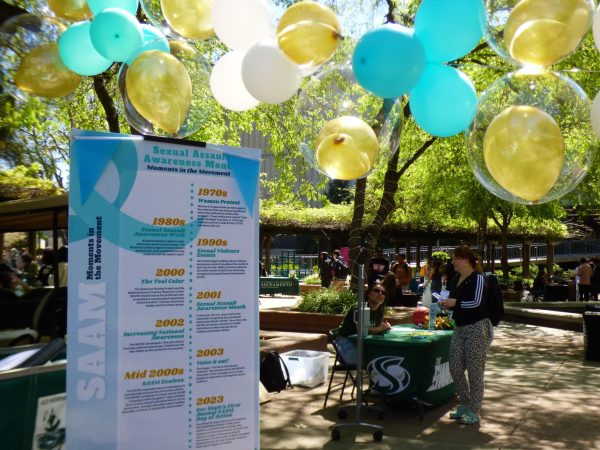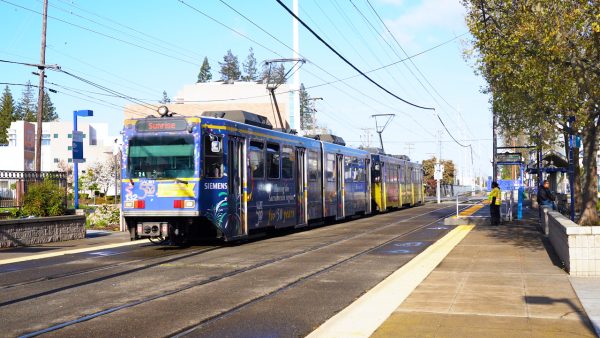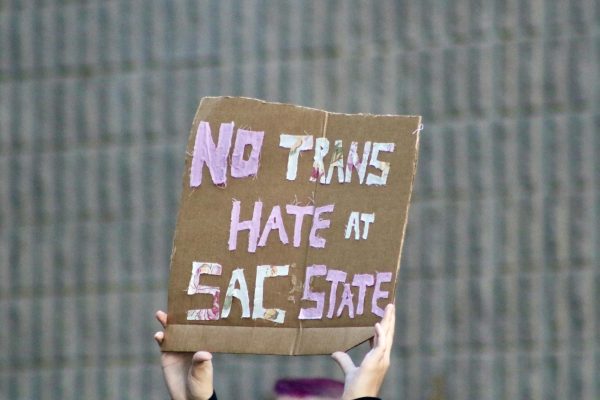New program allows students to learn sustainability, environmental issues
A multi-tropic Farming system within STORC uses less than 10 percent of water compared to other farming systems.
March 5, 2014
Innovative concepts can form in strange ways.
Mike Christensen’s ground-breaking program began with four female engineer students and ended with a trip to Mars.
In early fall 2011, Mechanical Engineer Department Chair Susan Holl asked Christensen, the associate vice president for Risk Management Services, to help students pick their required senior project by providing ideas based on environmental sustainability, such as finding alternative ways to produce energy.
Not long after, a group of female engineer seniors contacted him and said they were interested in his suggestion to construct a device that converts cooking oil waste into biodiesel fuel to be used in most diesel engines.
In their final project report, the women said the system would take advantage of 200 gallons of cooking oil that Sacramento State disposed of every month.
Lydia Palma, one of four members on the team, said they worked on the project for a whole year and remained dedicated throughout the process.
“I remember we were still working on it the night before graduation,” Palma said.
Despite all the designs and construction, Christensen said the project was far from finished, since many safety issues still had to be addressed before the system could be tested.
The initial structure created, planted a seed that revolutionized Sac State’s sustainability efforts.
The biodiesel system required the use of dangerous chemicals and as a precaution, Christensen needed it moved to an outdoor location away from students and school buildings.
Eventually he found a space, which was allocated to the Office of Water Programs in 2003, to conduct storm research.
Across from the bookstore and Lot 4, Christensen said the space temporarily stopped being used around 2009 and asked Water Programs if he could move the biodiesel system to that location. He was approved due to increased interest from the community in finding solutions for sustainability.
In the summer of 2012, Christensen had an epiphany when he visited the site and envisioned the space could be used to incorporate multiple sustainable projects. The name came to him instantly.
“I referred to it as the Sustainable Technology Outdoor Research Center,” Christensen said. “And I almost literally with the same breath said ‘That spells STORC,’ which I found quite appropriate because storks deliver and we deliver ideas.”
The name stuck and Christensen received approval from facilities to help create STORC by offering to renovate the area. From October 2013 to January 2014, the fence surrounding the area was moved, the size of the space was expanded, the ground was leveled and decomposed granite was put in.
“There were a lot of dedicated resources used,” Christensen said. “It was a super great collaboration between business and academics.”
Despite the progress, it is the last two months that Christensen said have been the most exciting. Over the timespan, several student sustainability projects have been added to STORC including solar panels, wind mills and a composting toilet.
A project Christensen highlighted was the multitrophic growing system, which is headed by the Environmental Sciences Department Chair Dudly Burton. The system maintains healthy fish and plants at the same time through a cycled tube of filtered water and the waste generated from the process creates worms that students use to feed the fish.
Burton said there are about 70 students learning about the process and at least 25 students actively participating in the project. He said they are already seeing results from the system.
“It is able to produce high-quality vegetables and fruit as well as fish on a small scale,” Burton said. “Locally, we have taken it even further to use food waste as one of the primary sources of materials to feed the fish, and then use the fish as products people can consume.”
With the new projects set up, STORC is working to provide opportunities for all students to come and observe. Eventually, there will be a website with live camera feeds for people to see the experiments and projects conducted.
Christensen has introduced the facility to several people, including those interested in helping out. Two representatives from Dining Services came on Feb. 28 to see progress with the biodiesel system.
One individual told Christensen that visiting STORC was equivalent to taking a trip to Mars because these projects include everything needed to survive there, including the capturing of water vapor, growing food and filtering water.
Christensen said the project is in a new phase, asking what role STORC will play in the future and sees it as an opportunity for many innovative technologies to be tested. He said maybe companies will be interested in partnering with the campus on certain projects, but most importantly, it will greatly serve unmet educational needs for students.
Students must handle problems covered by different fields of study by collaborating with people outside their department. Christensen said this is an essential part of STORC that education inside classrooms usually does not cover enough.
“Real world experience happens when you are forced to collaborate with people outside of your own discipline of interest,” Christensen said. “It requires an engineer to see he does not just get to build in his career but work with facility services for electricity and other contributing services such as safety and environmental issues.”
Burton said students from different departments are coming together to make his project a success.
“We have some engineering students who have already helped us,” Burton said. “We have chemistry students who are interested in water testing and economic and sociology students wanting to deal with food issues and nutrition systems for core communities.”
An additional education dimension will exist for children at the Sac State Children’s Center. Burton said the project plans to teach kids about nutrition cycles, ecology, food production and food quality among other things, including interactions with the worms.
Christensen said one of the factors that led to the creation of STORC occurred when he was the chair of the Sac State Sustainability Committee in 2012.
“A regular part of the committee was people coming to ask what the campus was doing for sustainability,” Christensen said. “The thought occurred to me to rewrite the committee charge: ‘Tell us what you are doing.’ What can I contribute as opposed to what can I get?”
Two years later, with the aid of good timing and some ambitious female engineer students, Christensen found his answer.






































